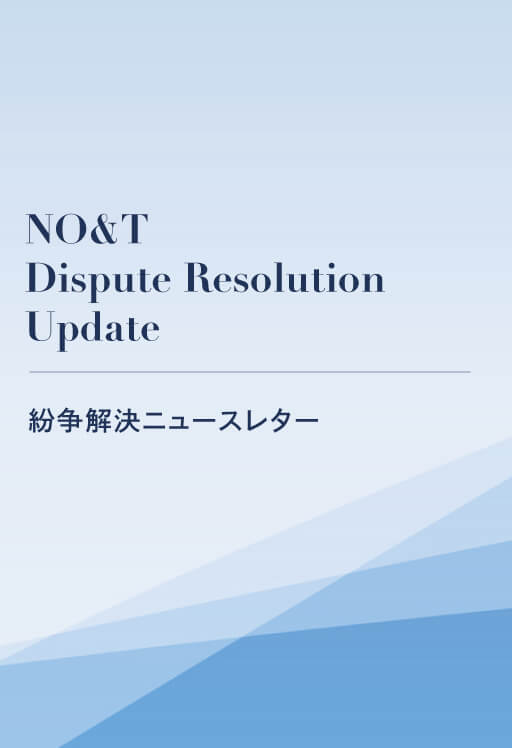
NO&T Dispute Resolution Update
NO&T Asia Legal Review
If a builder completes a house with rectangular pillars, instead of round pillars according to the agreed design, and the only way to remedy the defect is to demolish and rebuild the entire house, should the owner be entitled to recover the cost of cure as damages for breach of contract?
To complicate matters further, if the builder proves that the owner actually does not intend to cure the defects, or has not incurred the cost of cure, should the owner be entitled to such cost since that would seem like an excessive windfall for him at the unfair expense of the builder? Or should the owner be entitled to damages equivalent to the diminution in value of the house (if any) due to the breach?
These are not straightforward questions, as seen from the mixed views in past cases and commentaries. Thankfully, in the recent case of Terrenus Energy SL2 Pte Ltd v Attika Interior MEP Pte Ltd and another appeal [2025] SGHC(A) 4 (“Terrenus”), the High Court (Appellate Division) has set out a principled position and guidance on these issues.
In short, the court posited that a claimant would, in principle, be entitled to the cost of cure regardless of intention to remedy the breach or incurrence of such cost. This position is underpinned by the overarching principle that damages are meant to compensate a claimant for its loss and restore it to the position as if the contract had been performed. That said, there may be circumstances affecting the reasonableness and proportionality of the outcome if the cost of cure is awarded, which may result in the cost of cure being unjustifiable and denied.
In Terrenus, the contractor of a solar power plant was required by the contract to install solar panel rods to a minimum depth of 500mm, but failed to do so.
The plant owner commenced an action to claim the cost of cure as damages arising from the defective works. The owner alleged that the failure to achieve the minimum embedment depth caused the risk of structural failure of the solar panels during high winds. The contractor contended that the owner had failed to prove the extent of non-compliance and the risk of structural failure.
The trial judge awarded the owner nominal damages of SGD1,500 as it had failed to show that the works had substantial defects. The owner appealed the decision.
The appellate court dismissed the appeal, affirming that the owner was not entitled to substantial damages as it had failed to establish the extent of non-compliance.
While the above determination effectively disposed of the owner’s appeal, the court went on to address the second issue of whether the cost of cure would be awarded to the owner if it had established the alleged non-compliance.
The contractor had contended that the cost of cure should not be awarded because: (i) it would be disproportionate and unreasonable to do so as there was no real risk of structural failure, and (ii) further, the owner did not intend to rectify the alleged non-compliance.
The court’s decision: a claimant is, in principle, entitled to the cost of cure because:
As such, an intention to cure is not a prerequisite for awarding the cost of cure.
The court also clarified that it was not necessary for the cost of cure to be incurred in order to be awarded because loss from a contractual breach arises at the time of the breach, hence incurring the cost of cure is irrelevant to recoverability.
However, the court qualified the entitlement to cost of cure with considerations of reasonableness and proportionality. In particular, the quantum of the cost of cure may be disproportionate to the value of the expectation loss such that even though the claimant was in principle entitled to actual performance via the cost of cure, it did not make practical or economic sense to award it.
In this regard, an intention to cure is a relevant factor for assessing the reasonableness and proportionality of awarding the cost of cure, especially where it came to showing the claimant’s “consumer surplus”, i.e. the subjective value of the agreed performance to the claimant over and above the objective value. Other non-exhaustive factors are:
Circling back to the hypothetical of the house with rectangular pillars, whilst the prima facie remedy for the owner would be the cost of cure in damages, it may be rebutted by considerations of reasonableness and proportionality.
If the rectangular pillars do not materially affect the safety or space of the house, the owner is unlikely entitled to the cost of cure, unless there is some other loss of value to him that is so significant as to justify such cost (despite its excessiveness) – if so, then the spotlight should be cast on whether there is an intention to rebuild the house.
This newsletter is given as general information for reference purposes only and therefore does not constitute our firm’s legal advice. Any opinion stated in this newsletter is a personal view of the author(s) and not our firm’s official view. For any specific matter or legal issue, please do not rely on this newsletter but make sure to consult a legal adviser. We would be delighted to answer your questions, if any.
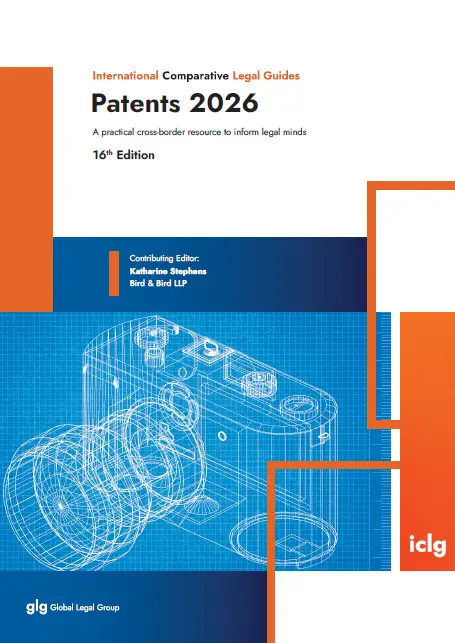

(October 2025)
Kenji Tosaki


Kenji Tosaki, Takahiro Hatori, Nozomi Kato (Co-author)


Claire Chong, Nozomi Kato (Co-author)
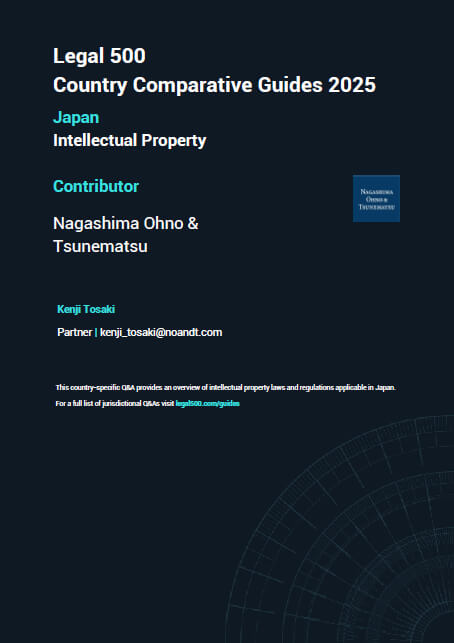

(September 2025)
Kenji Tosaki


Justin Ee, Kennosuke Muro (Co-author)
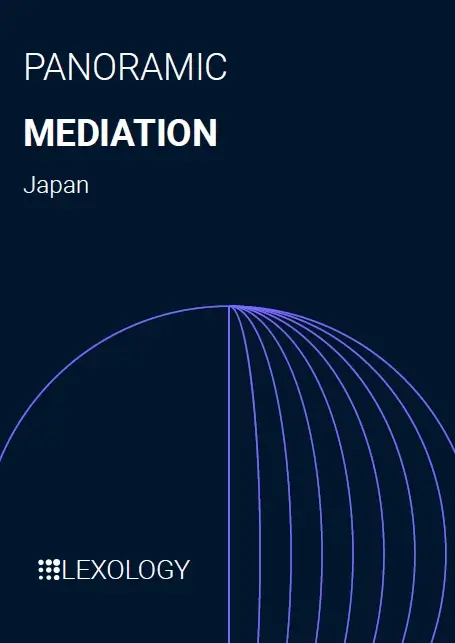

(July 2025)
Junichi Ikeda, Tomohiko Nabeshima, Akiko Inoue (Co-author)
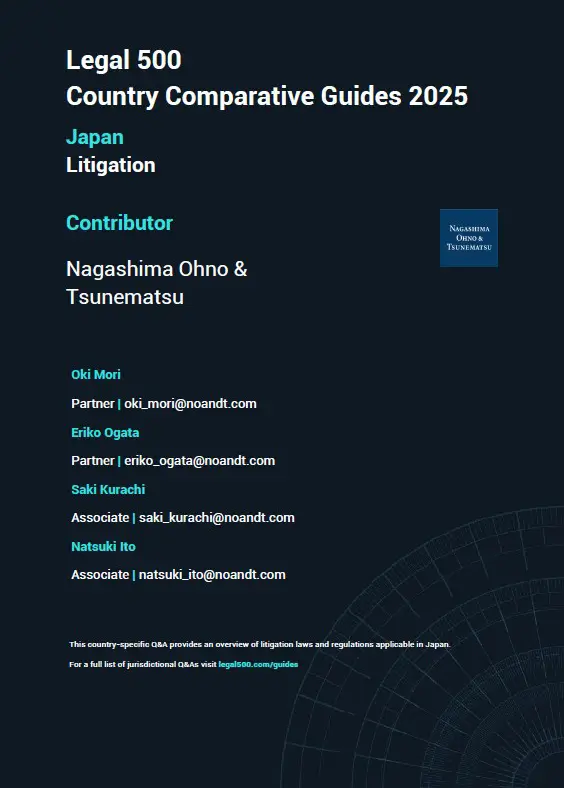

(July 2025)
Oki Mori, Eriko Ogata, Saki Kurachi, Natsuki Ito (Co-author)


Hiroki Tajima


Claire Chong, Nozomi Kato (Co-author)
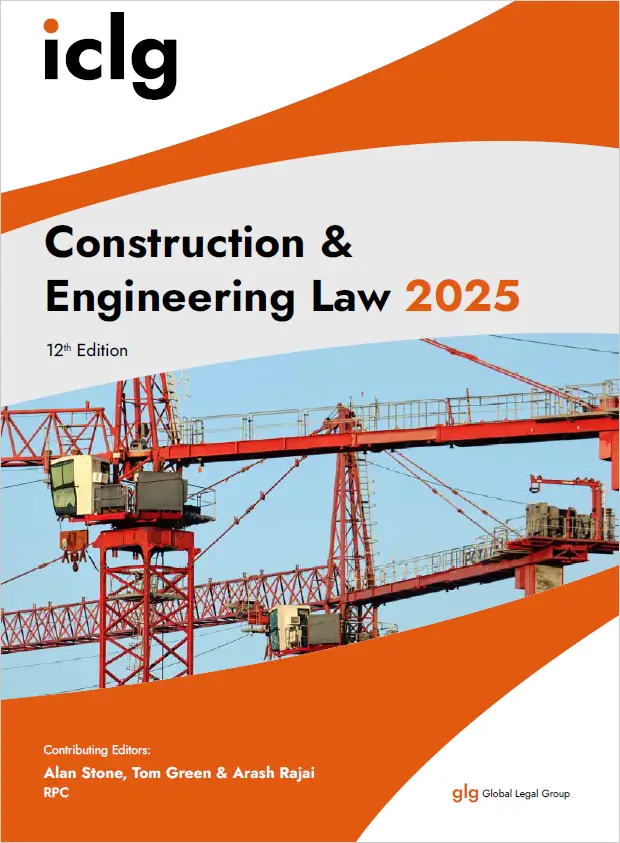

(August 2025)
Kaori Sugimoto


Justin Ee, Kennosuke Muro (Co-author)


(July 2025)
Junichi Ikeda, Tomohiko Nabeshima, Akiko Inoue (Co-author)
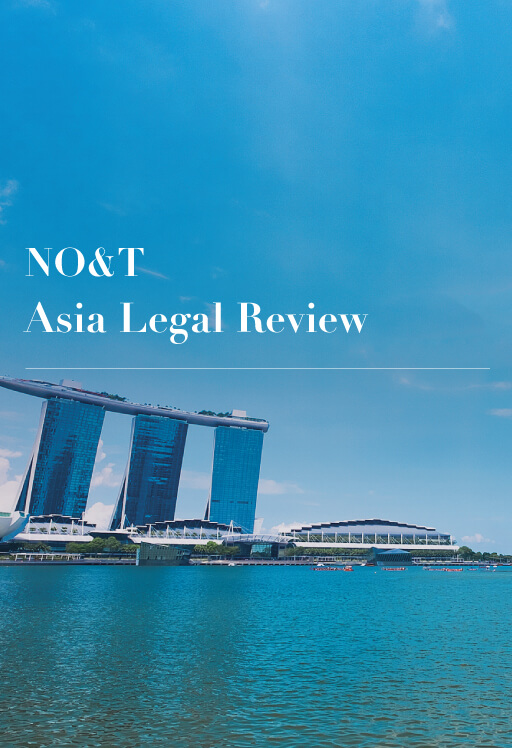

Supasit Boonsanong, Thananya Pholchaniko, Phareeya Yongpanich (Co-author)


(August 2025)
Kaori Sugimoto


(July 2025)
Rintaro Hirano, Yutaro Fujimoto, Yurika Masakane, Yutaro Kato (Co-author)


Yuichi Miyashita, Miho Susuki (Co-author)


(August 2025)
Kaori Sugimoto


Justin Ee, Kennosuke Muro (Co-author)
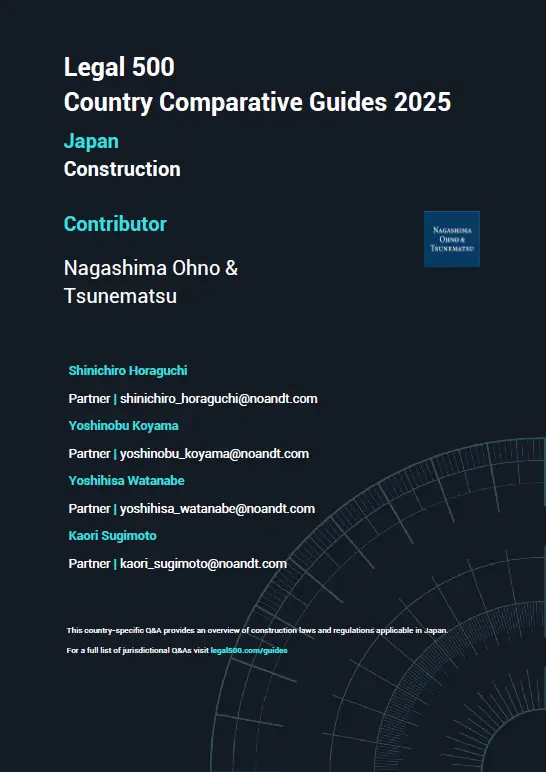

(April 2025)
Shinichiro Horaguchi, Yoshinobu Koyama, Yoshihisa Watanabe, Kaori Sugimoto (Co-author)


Yuan Yao Lee


(July 2025)
Rintaro Hirano, Yutaro Fujimoto, Yurika Masakane, Yutaro Kato (Co-author)


Justin Ee, Kennosuke Muro (Co-author)


Yuan Yao Lee


Hoai Tran


(July 2025)
Rintaro Hirano, Yutaro Fujimoto, Yurika Masakane, Yutaro Kato (Co-author)


Justin Ee, Kennosuke Muro (Co-author)
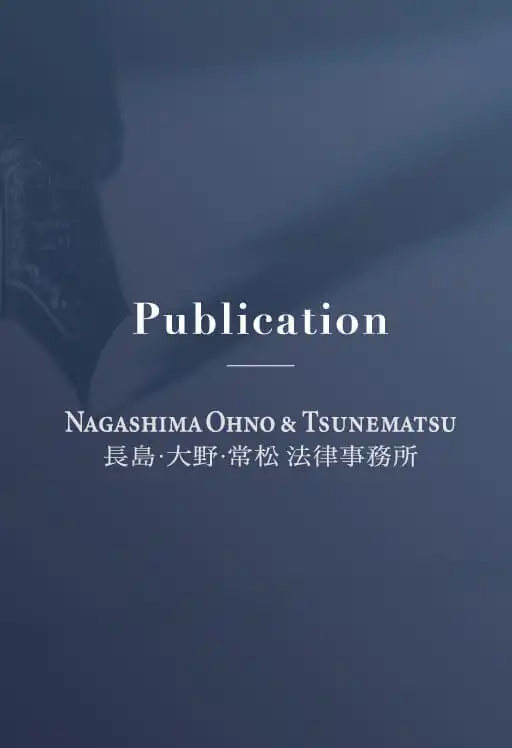

(November 2024)
Rintaro Hirano, Koichiro Yoshimura, Yoshimune Muraji (Co-author)


Dzung Pay


(July 2025)
Rintaro Hirano, Yutaro Fujimoto, Yurika Masakane, Yutaro Kato (Co-author)


Justin Ee, Kennosuke Muro (Co-author)


Yuan Yao Lee


(November 2024)
Rintaro Hirano, Koichiro Yoshimura, Yoshimune Muraji (Co-author)


Supasit Boonsanong, Thananya Pholchaniko, Phareeya Yongpanich (Co-author)


Patricia O. Ko


Claire Chong, Nozomi Kato (Co-author)


Yuan Yao Lee


Supasit Boonsanong, Thananya Pholchaniko, Phareeya Yongpanich (Co-author)


Patricia O. Ko


Claire Chong, Nozomi Kato (Co-author)


Yuan Yao Lee


Claire Chong, Nozomi Kato (Co-author)


Justin Ee, Kennosuke Muro (Co-author)


Kara Quek, Kennosuke Muro (Co-author)


Annia Hsu, Kennosuke Muro (Co-author)